Have you ever heard the term faux leather? You might have also come across names like synthetic leather, fake leather, leatherette, or pleather. But what exactly is it? Let's explore this versatile material and how it has become a popular alternative to genuine leather.
Understanding Faux Leather
Faux leather is a man-made material designed to look and feel like real leather, but it’s made from artificial materials. It's durable, affordable, and offers a cruelty-free alternative to genuine leather. However, it isn’t as long-lasting or insulating as real leather.
How Is Faux Leather Made?
Creating faux leather is a process that combines a few basic steps:
- Base Material: A fabric or paper base serves as the foundation.
- Coating: This base is coated with either polyurethane (PU) or polyvinyl chloride (PVC).
- Embossing: A texture is added to mimic the look of real leather.
- Coloring: Dyes or pigments are applied to give the material its desired color.
- Finishing: Additional treatments may be used to improve durability and appearance.
- Cutting: The faux leather is cut into specific shapes or sheets for different uses.
Is Faux Leather Real Leather?
No, faux leather isn’t real leather. While genuine leather comes from animal hides, faux leather is made from synthetic materials like PU or PVC. Here’s a comparison on real jackets vs faux jackets:
- Material: Real leather comes from animals; faux leather is made from plastics.
- Cost: Faux leather is much more affordable than real leather.
- Durability: Real leather lasts for decades, while faux leather’s durability depends on quality.
- Maintenance: Faux leather is easy to clean, while real leather needs regular conditioning.
- Breathability: Genuine leather breathes better, making it more comfortable in warm climates.
Advantages of Faux Leather
Faux leather has many benefits that have made it popular in various industries:
- Cruelty-Free: No animals are harmed in its production.
- Less Water Usage: It requires less water to produce than real leather.
- Eco-Friendly Options: Some faux leathers are plant-based or made from recycled materials.
- Affordable: Faux leather is cheaper, making it a great option for budget-conscious shoppers.
- UV-Resistant: It doesn’t fade easily under sunlight.
- Easy to Clean: Faux leather resists stains and can be cleaned with just a damp cloth.
- Customizable: Available in various colors and textures, making it flexible for design.
Disadvantages of Faux Leather
Despite its benefits, faux leather has some drawbacks:
- Less Durable: It’s not as long-lasting as real leather and may crack or peel over time.
- Poor Breathability: It doesn’t allow air to flow well, which can cause sweating.
- Non-Biodegradable: Most faux leathers don’t break down naturally, contributing to waste.
- No Patina: It doesn’t develop the unique sheen and character of real leather over time.
- Sensitive to Heat: Prolonged exposure to high temperatures can damage faux leather.
- Microplastic Pollution: Faux leather made from plastics can contribute to pollution.
Uses of Faux Leather
Faux leather is a highly versatile material used in a variety of products, including:
- Clothing and Accessories: Jackets, handbags, and shoes.
- Furniture: Sofas, chairs, and ottomans.
- Car Interiors: Upholstery and dashboard coverings.
- Electronics Cases: Phone, tablet, and laptop covers.
- Home Decor: Pillows and wall coverings.
- Sporting Goods: Gym equipment and sporting accessories.
Types of Faux Leather
1. PU Leather
The most common type, made by coating a base material with polyurethane. It’s known for its softness and durability.
2. PVC Leather
Also called vinyl leather, made from polyvinyl chloride. It’s durable but can have a stiffer feel.
3. Leatherette
A general term for any fabric-coated with a plastic layer, often used in furniture.
4. Vegan Leather
A type of faux leather made without any animal products, gaining popularity for being cruelty-free.
How to Clean Faux Leather
Cleaning faux leather is simple and can be done at home. Always follow the care instructions on the label. For small stains, a damp cloth with mild soap can do the trick. If machine washing is allowed, use a gentle cycle with cold water and air-dry to avoid damage. For extra care, apply a little baby or olive oil to prevent cracking. For more tips on keeping your leather looking great, check out our guide on how to clean a leather jacket at home.
Maintaining Faux Leather
To make sure your faux leather items stay in great condition, regularly wipe them with a damp cloth to remove dust. Be sure to avoid harsh chemicals and keep them out of direct sunlight, as these can cause damage over time. Applying a leather conditioner occasionally will help maintain softness and prevent cracking. For more detailed tips on how to keep your faux jackets looking its best, read our guide on maintaining the shine of your leather jackets.
Buy Real Leather Jackets from Marco Enzolani
At Marco Enzolani, we focus on high-quality leather jackets that reflect elegance and craftsmanship. Our collection showcases genuine leather, carefully sourced for its durability and luxurious feel. Each jacket is designed to offer style and comfort, making them a perfect addition to your wardrobe.
Conclusion
Faux leather is a great alternative to real leather, offering an affordable, versatile, and eco-friendly option. With its growing popularity, faux leather continues to make its mark across various industries, from fashion to furniture. So next time you see a faux leather product, you'll know it's more than just a "fake"!
FAQs
- Is Faux Leather Better Than Real Leather?
It depends on your needs. Faux leather is cheaper, easier to care for, and comes in many colors. But it’s not as long-lasting or breathable as real leather. Real leather is durable and eco-friendlier, but it’s more expensive and needs more care.
- How Can You Tell the Difference Between Real and Faux Leather?
Real leather has a natural texture with some imperfections, while faux leather looks more uniform. Real leather smells earthy, and faux leather smells like plastic. You can also do a water test—real leather absorbs water, faux doesn’t.
- Is Faux Leather Good Quality?
High-quality faux leather can be durable, water-resistant, and soft, but low-quality faux leather can crack and feel plastic-like. It’s less durable than real leather but better than bonded leather.
- How Long Does Faux Leather Last?
The lifespan of faux leather depends on its quality and how well it’s cared for. High-quality faux leather can last for years, but lower-grade versions might crack or peel more quickly.
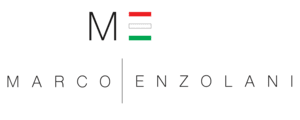

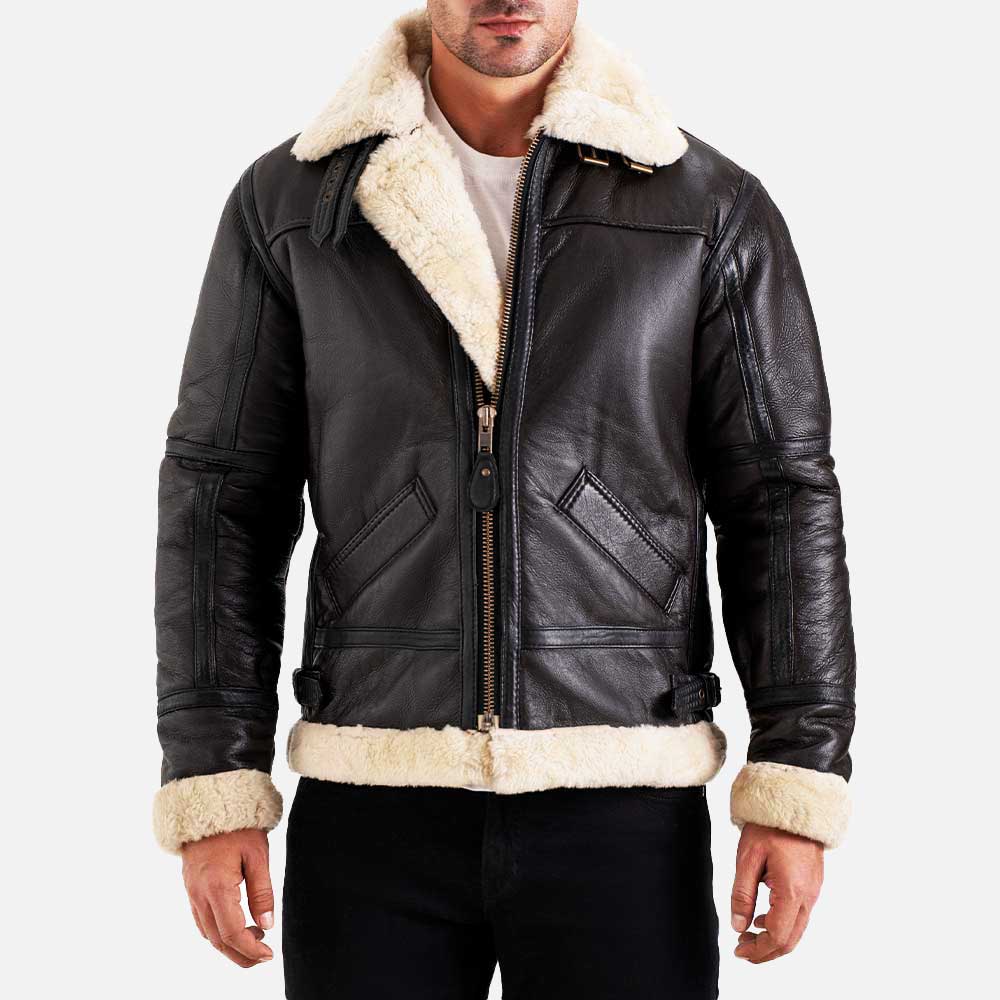
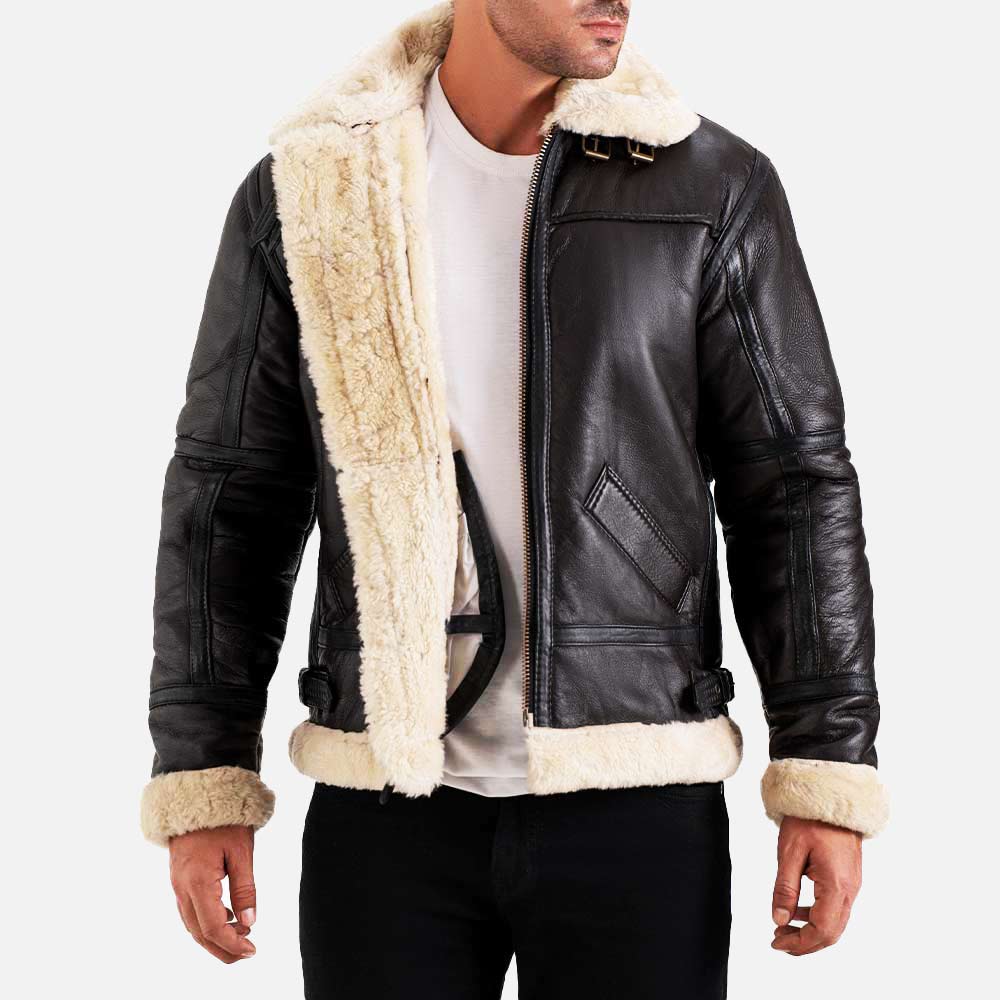
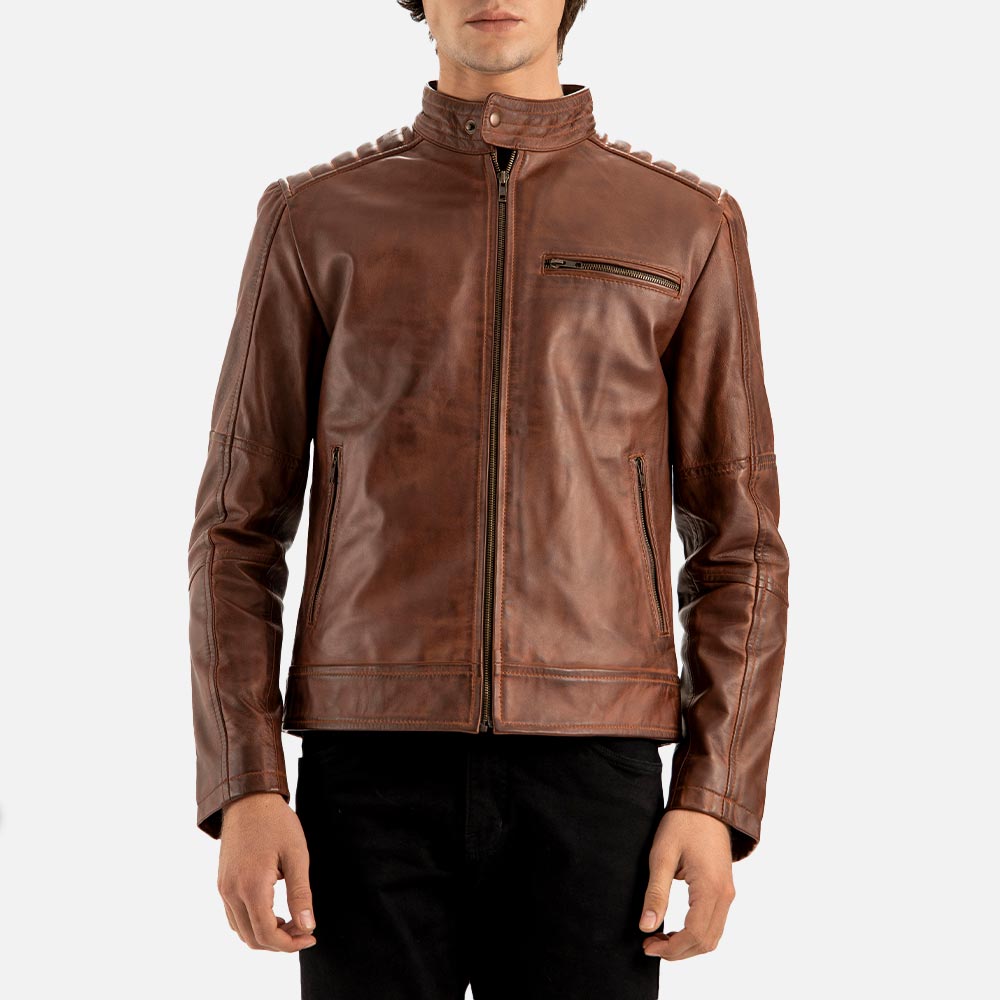
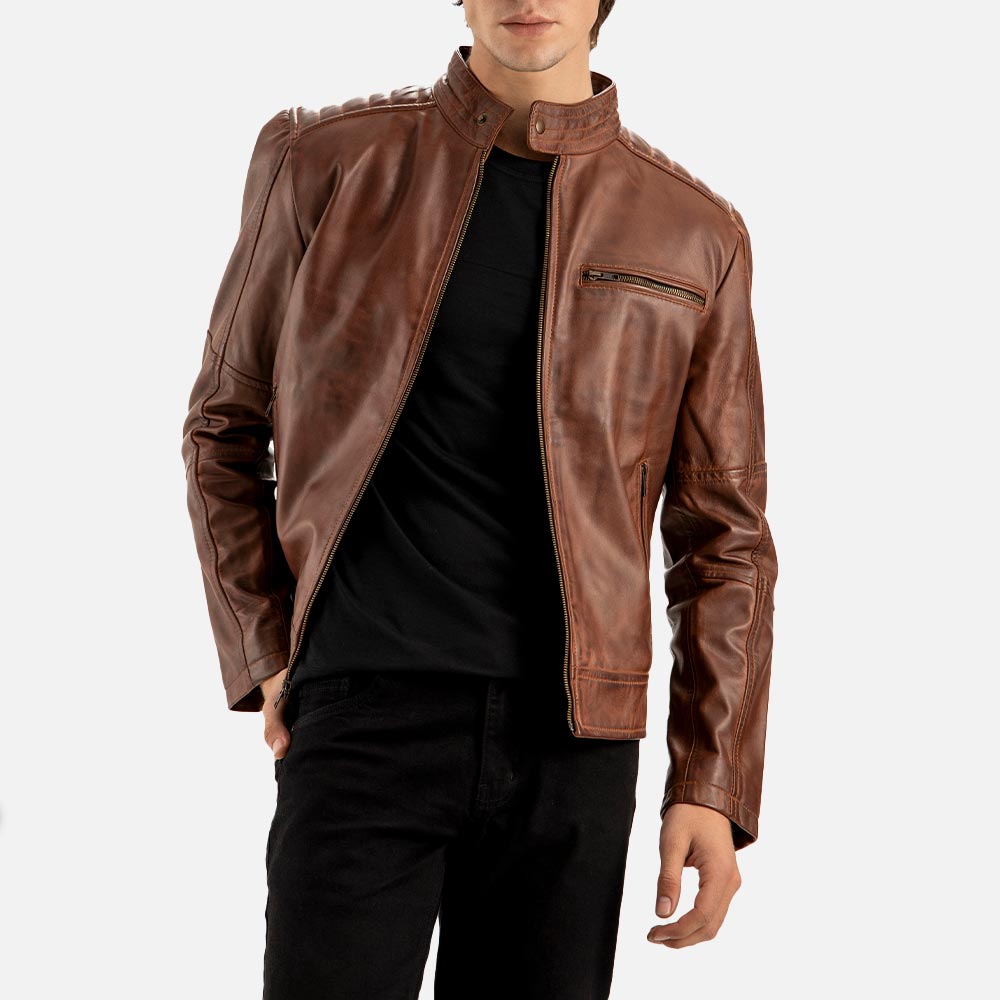
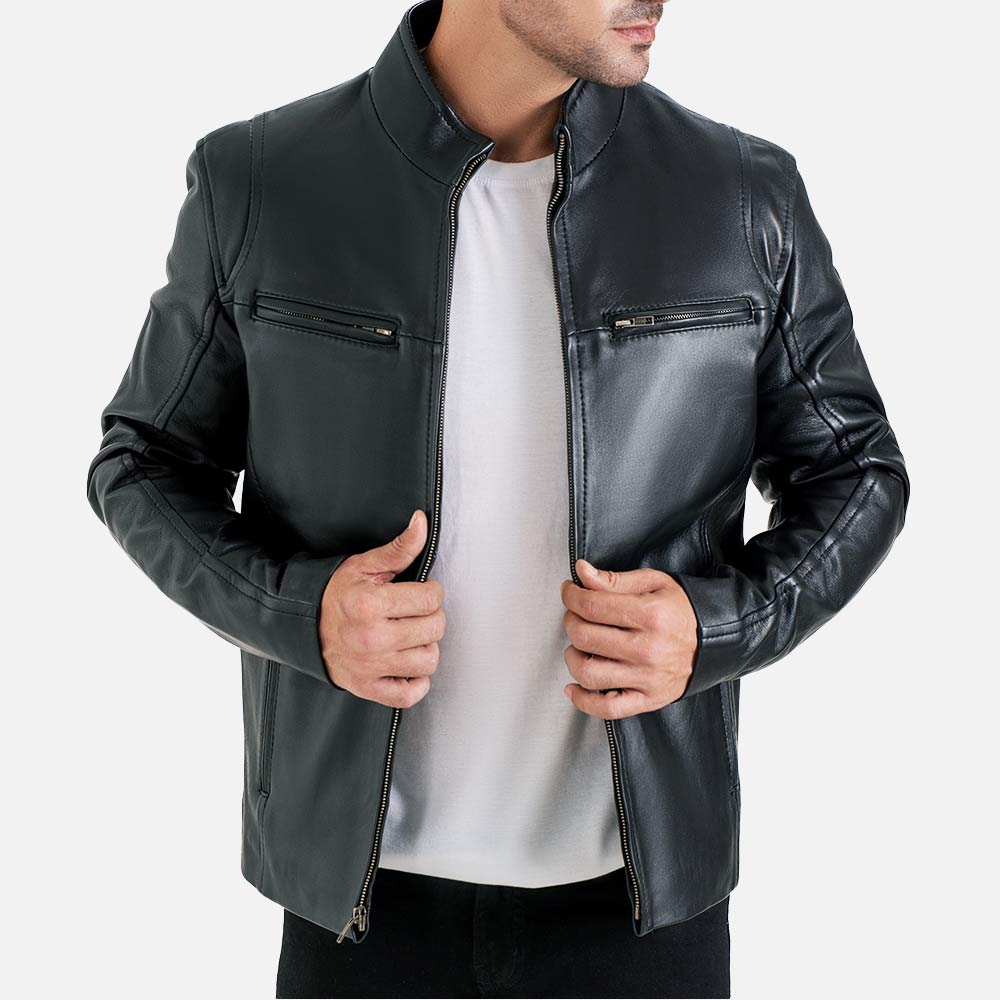
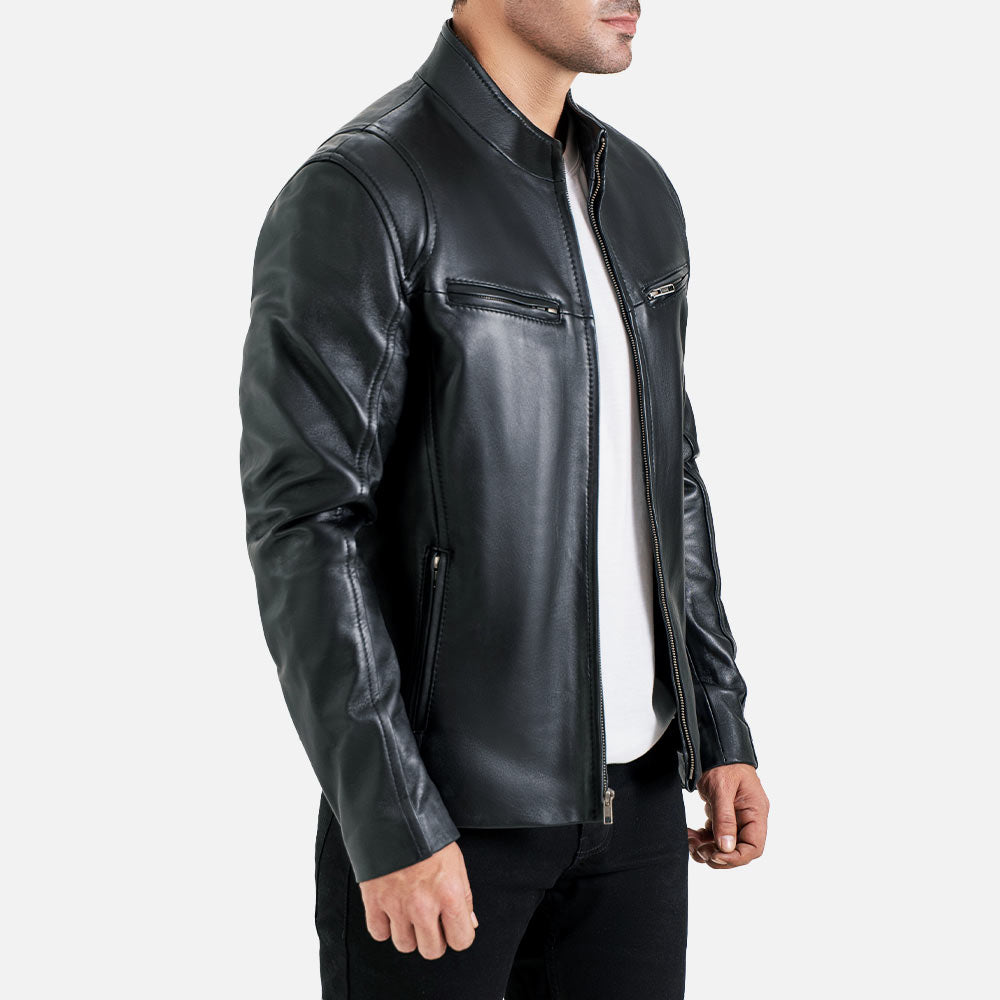
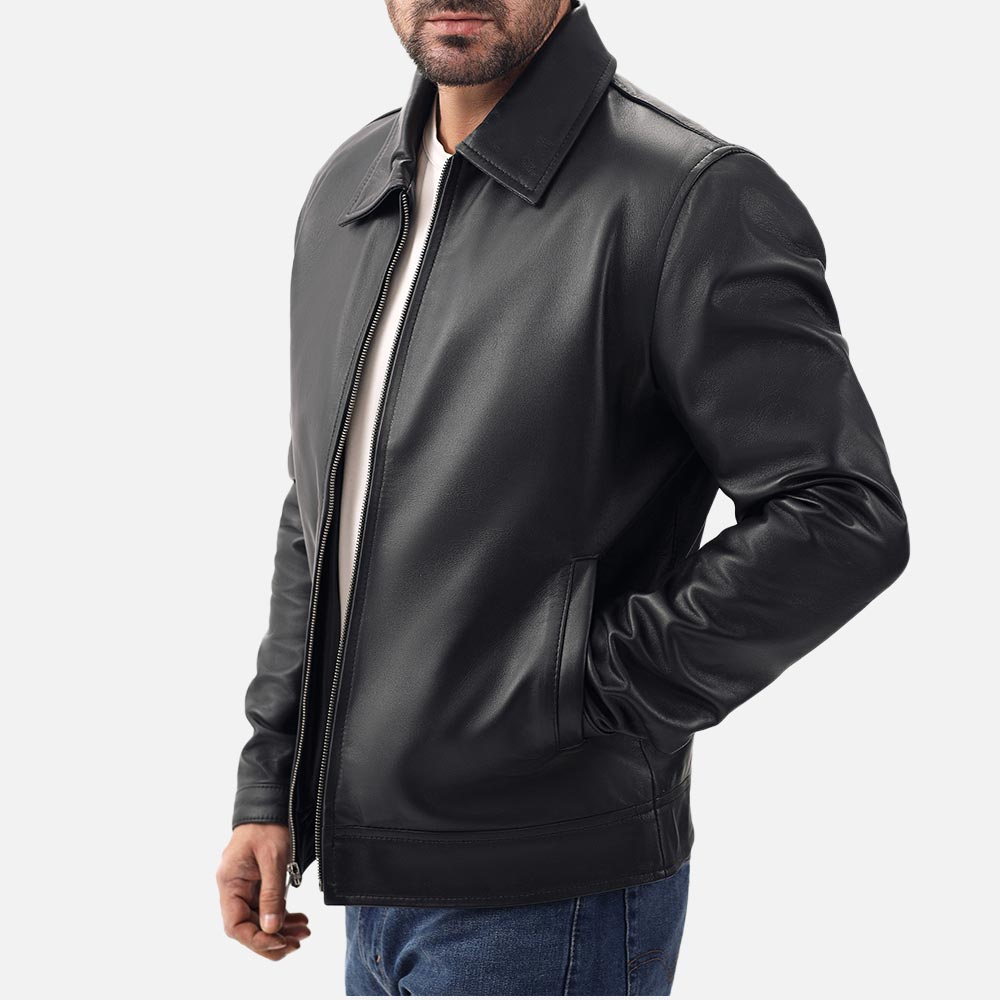
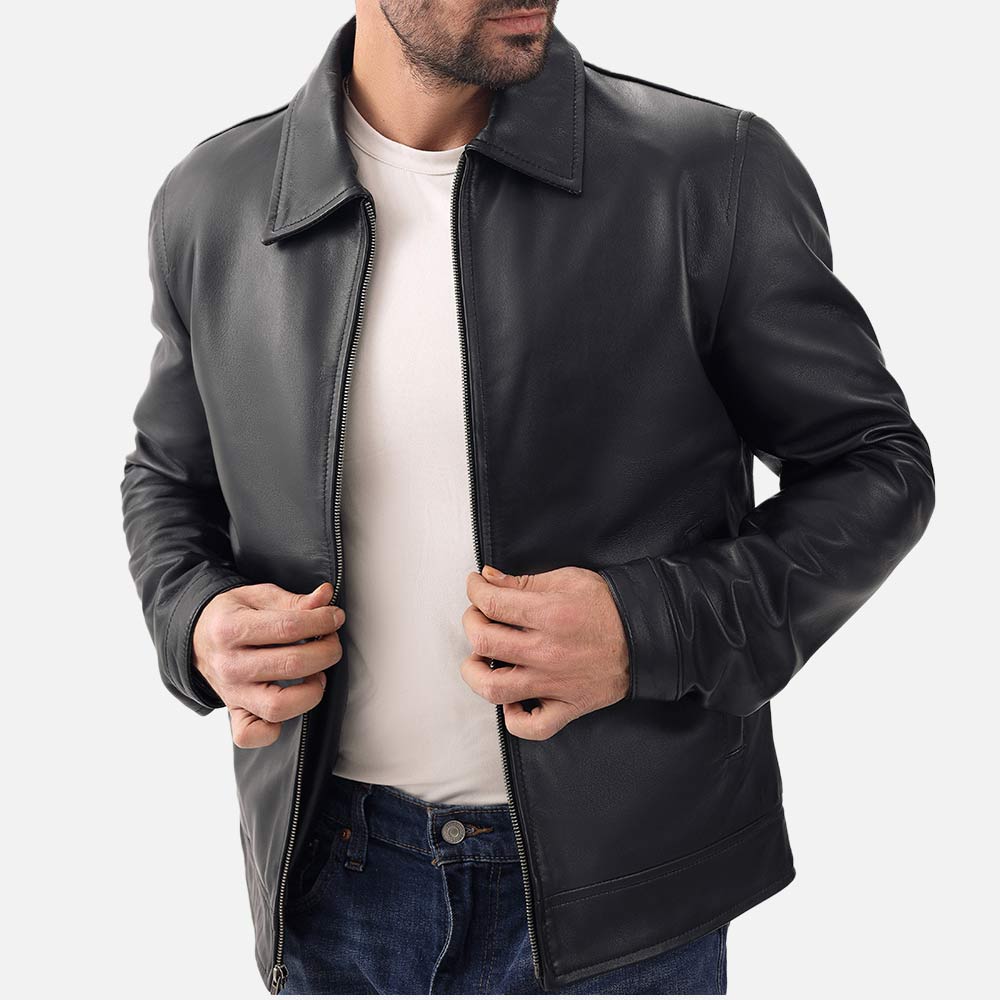
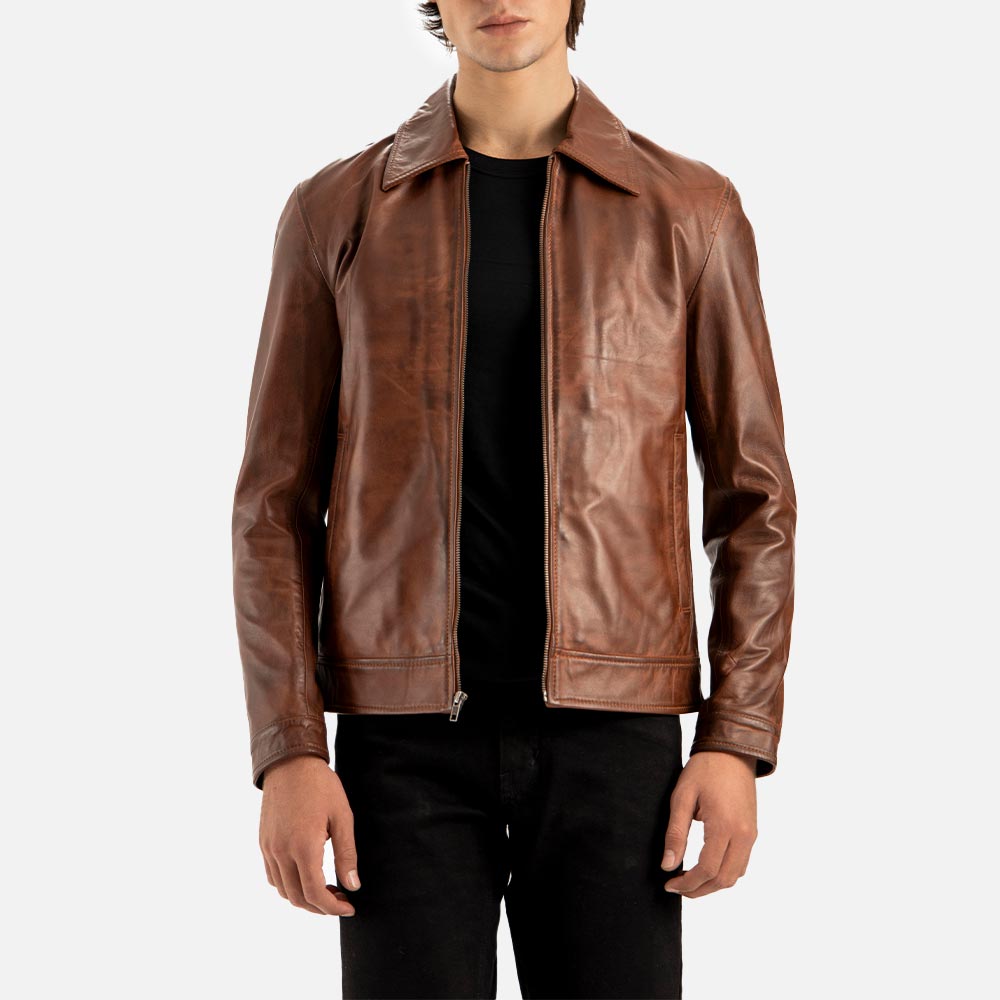
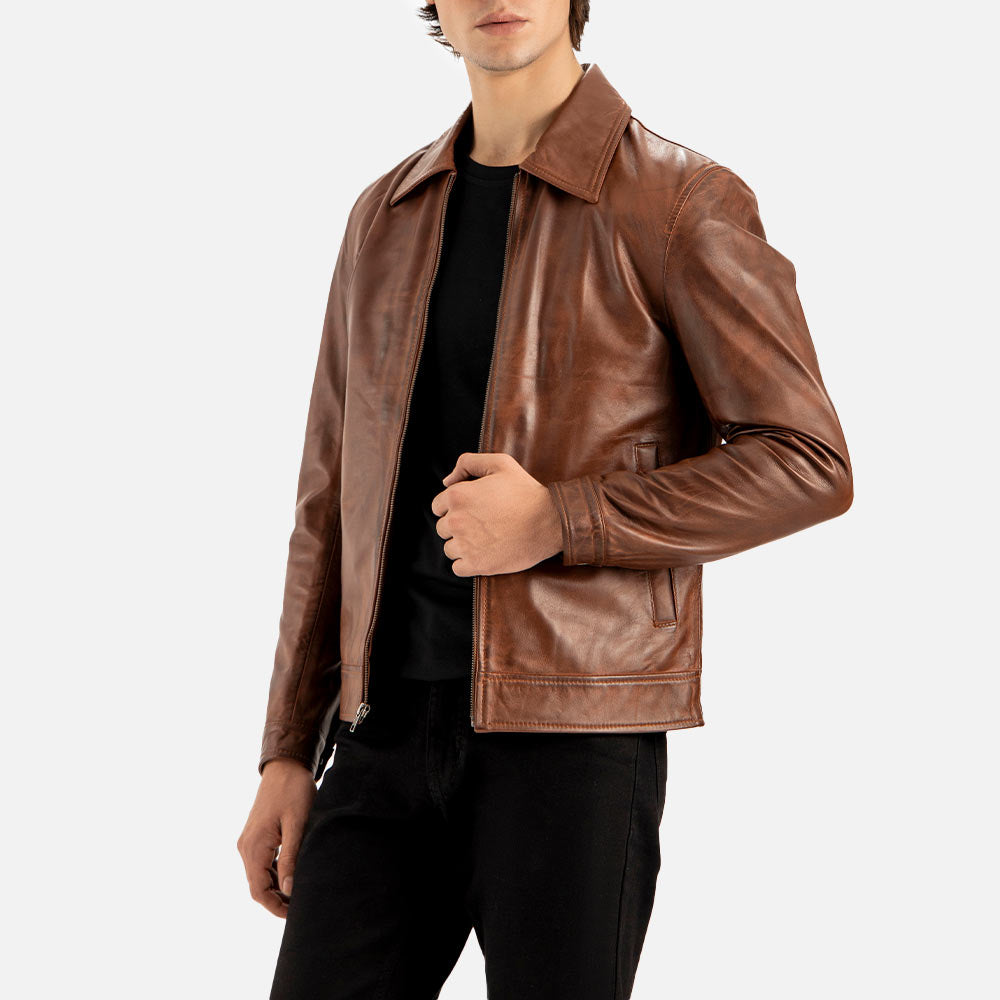
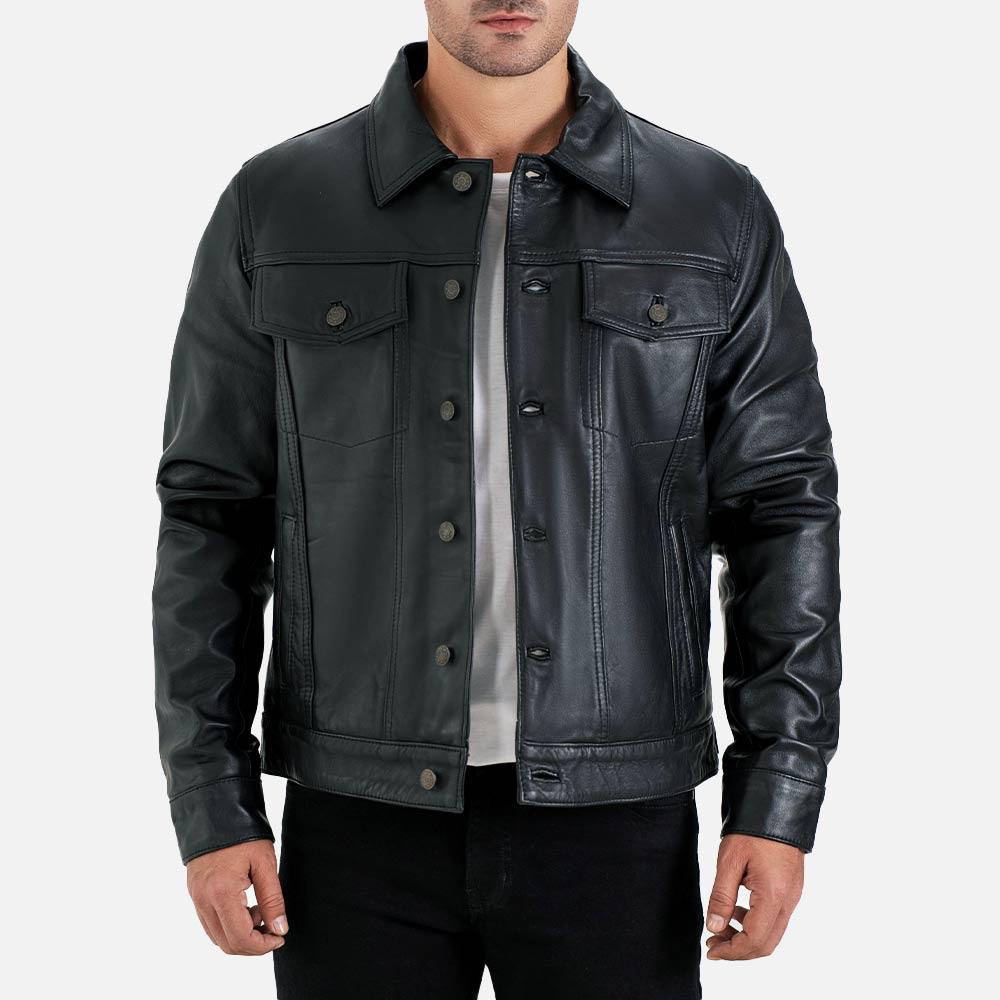
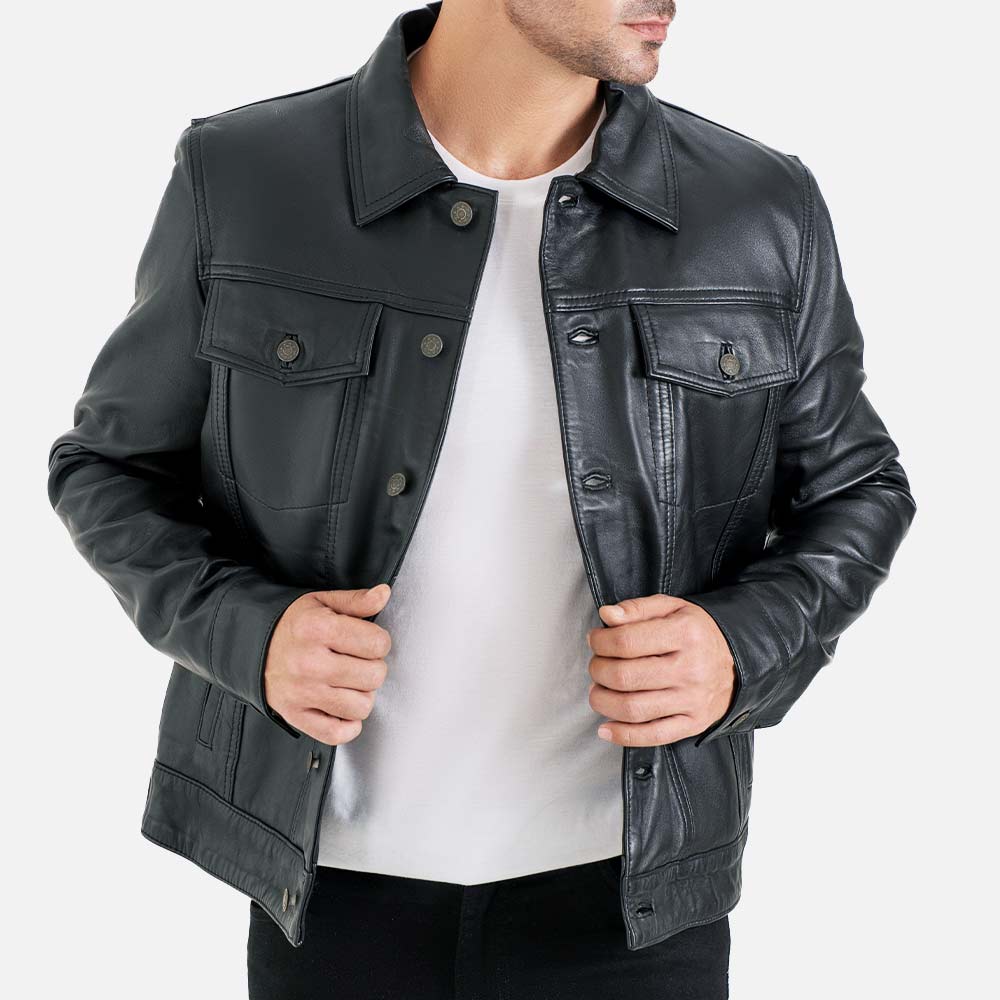
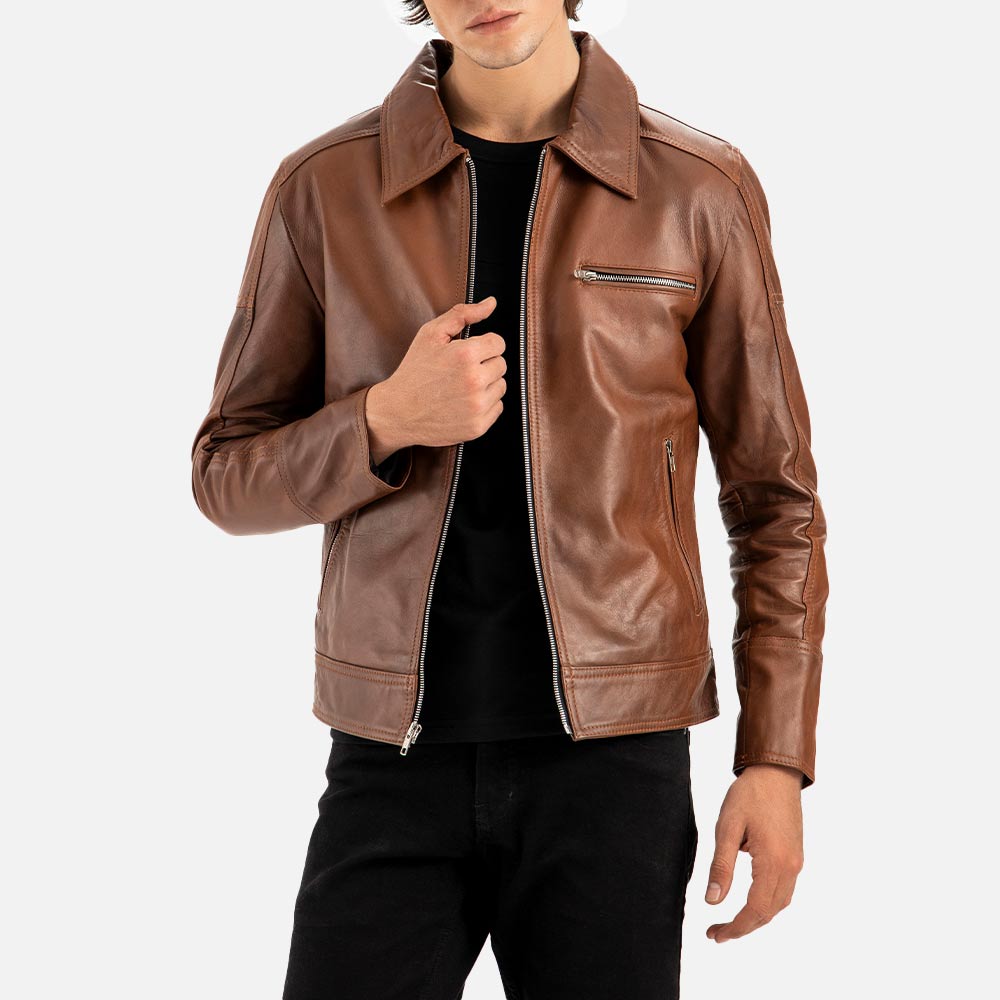

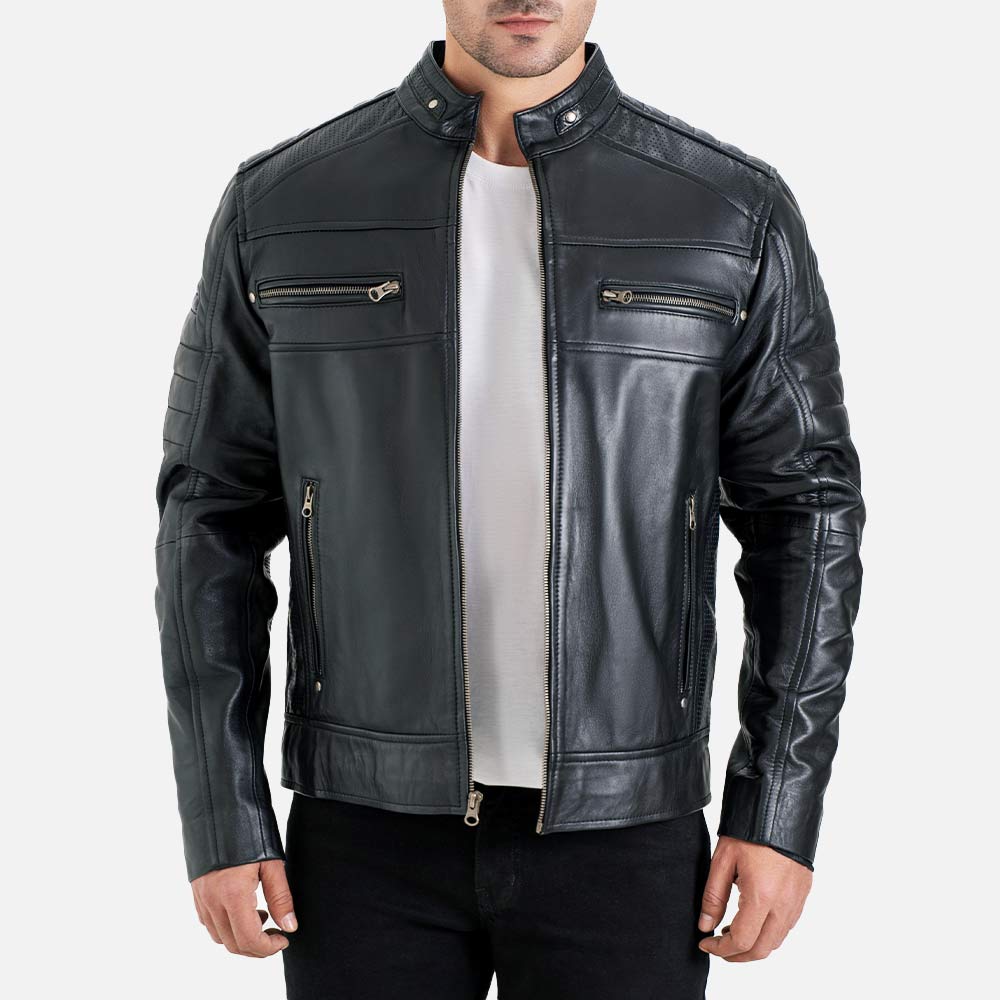
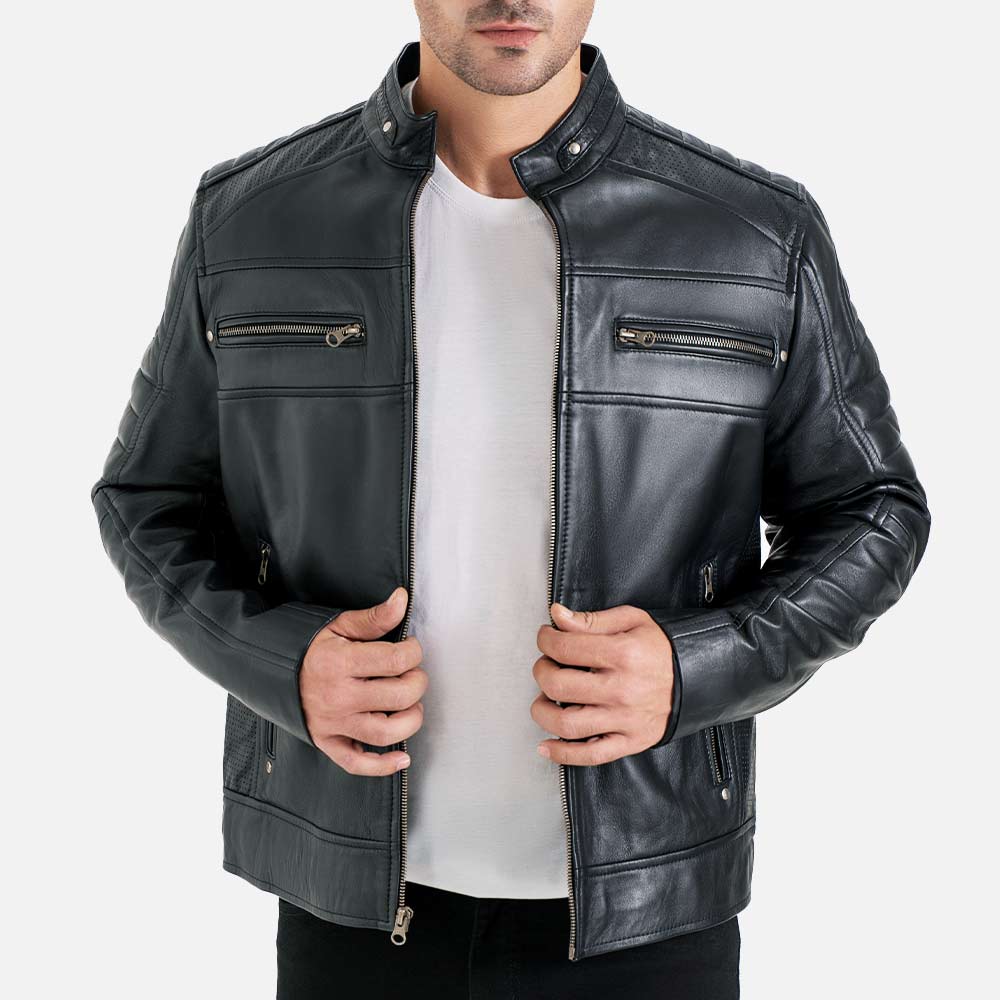
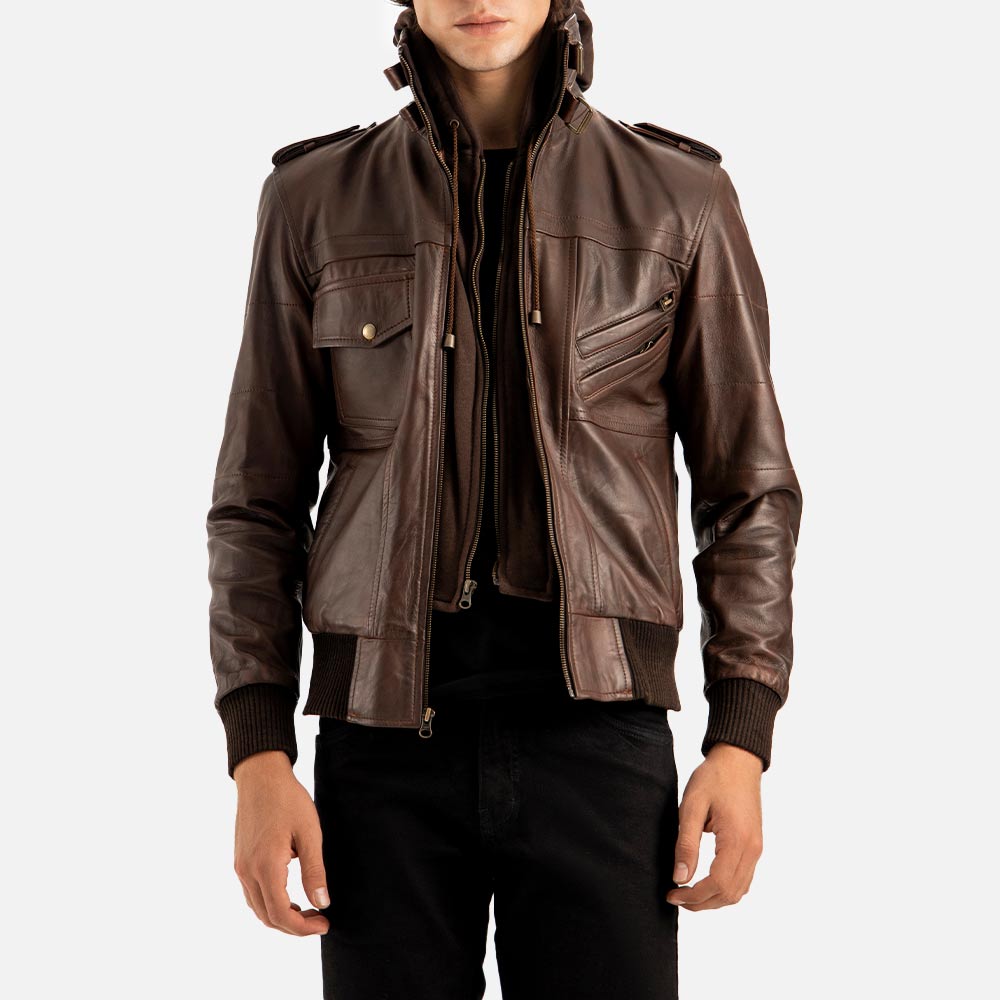
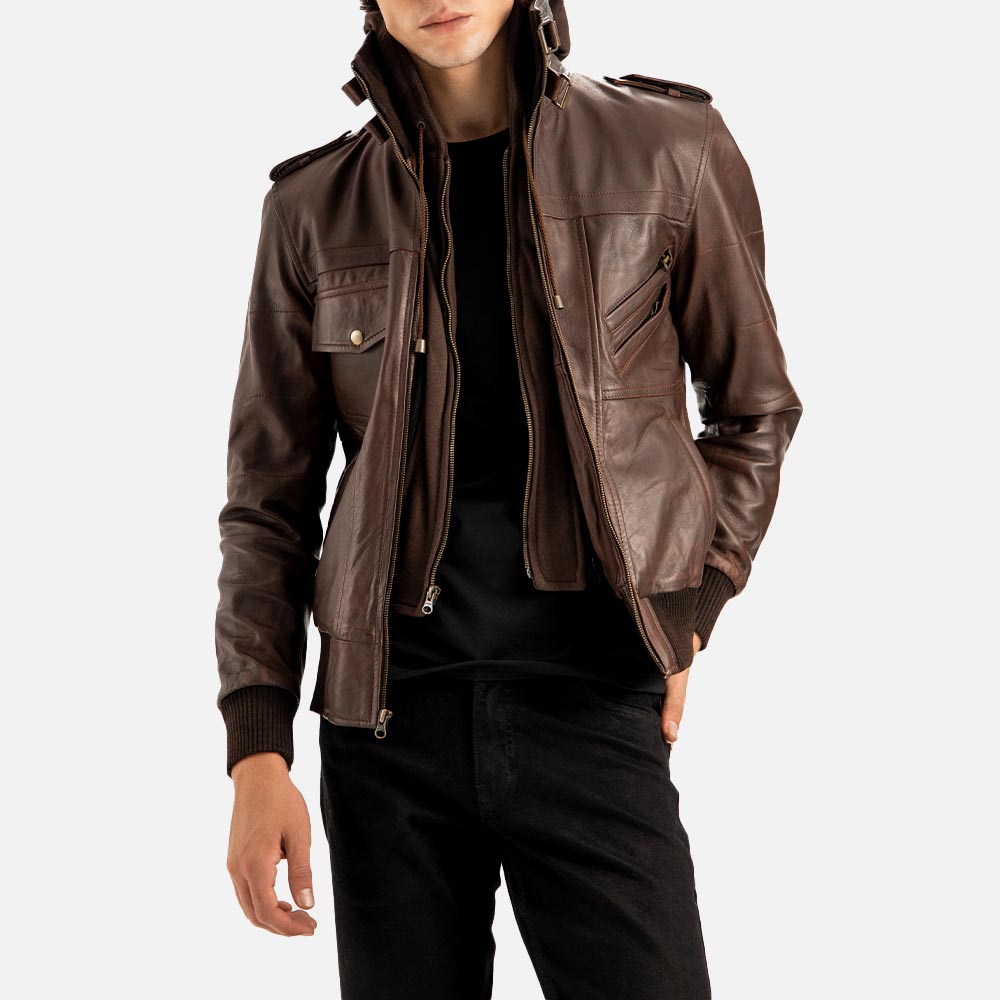
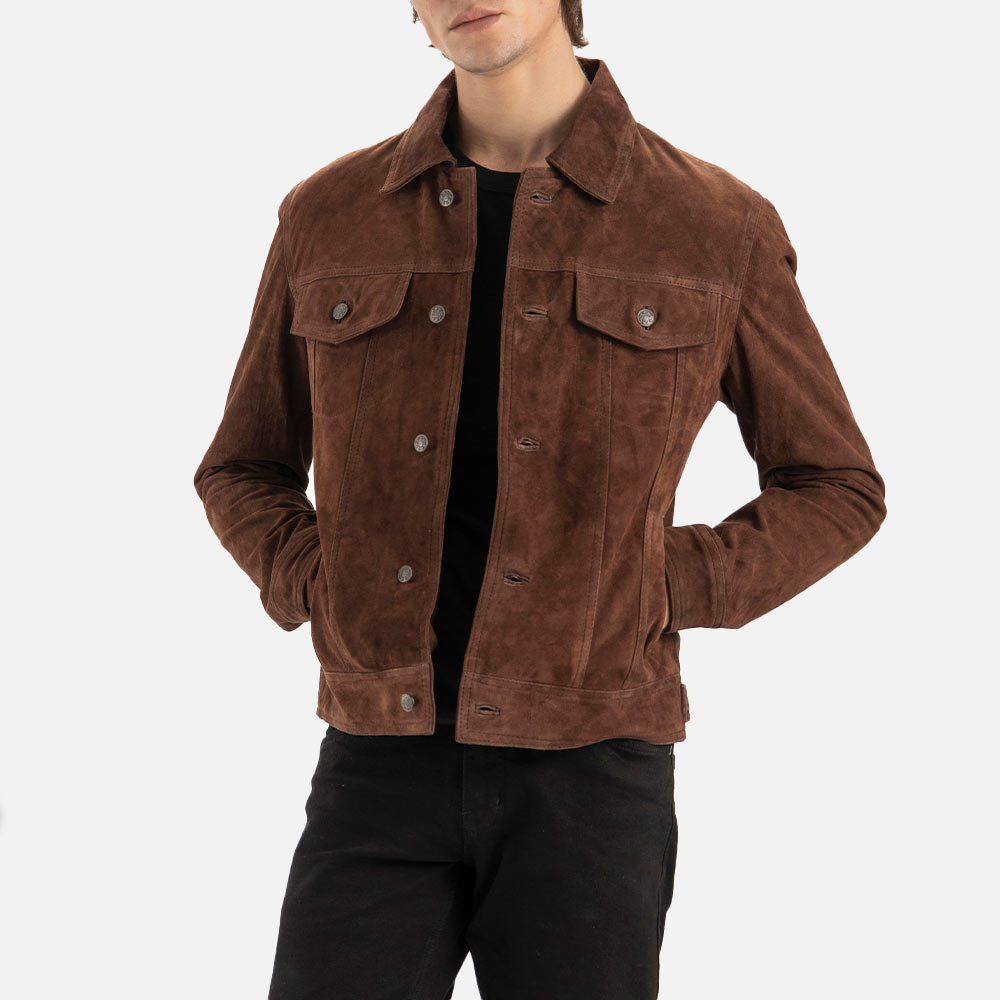
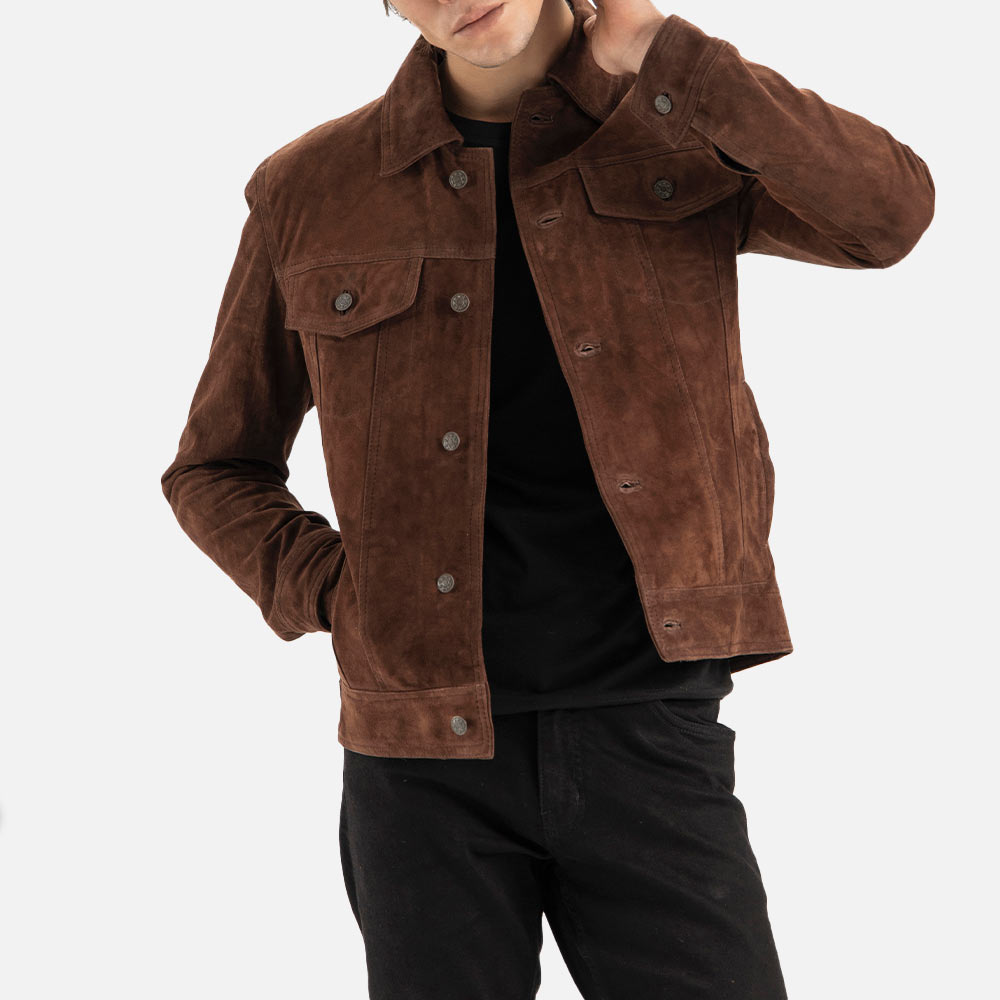


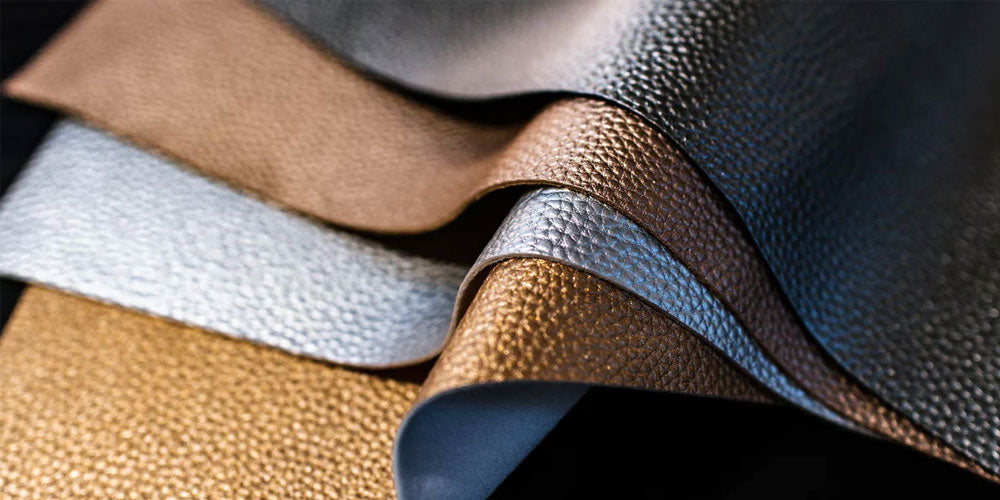
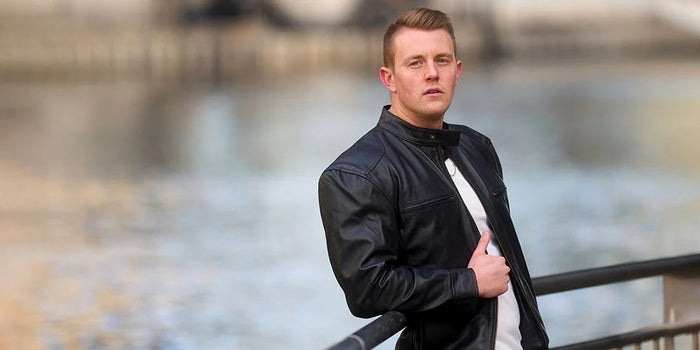
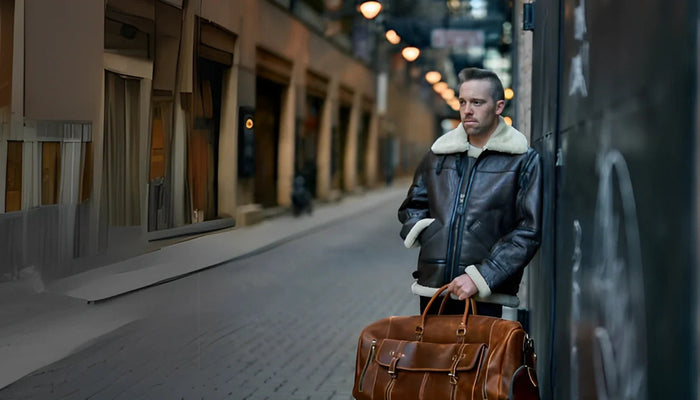
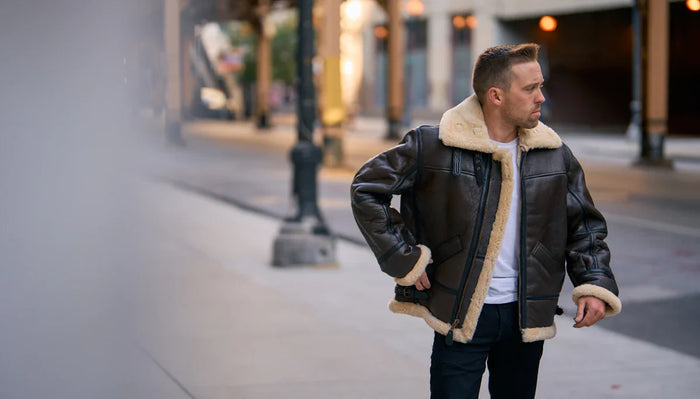
Leave a comment
This site is protected by hCaptcha and the hCaptcha Privacy Policy and Terms of Service apply.